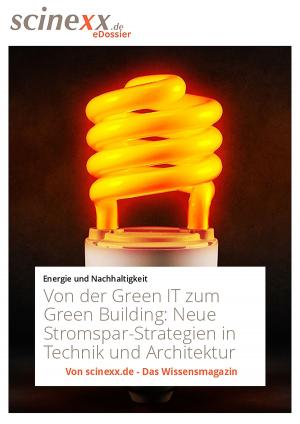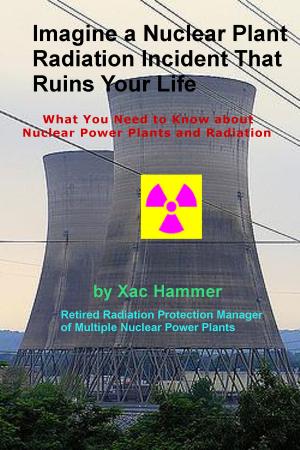| Author: | Steven B. Krivit | ISBN: | 9780996886475 |
| Publisher: | Steven B. Krivit | Publication: | January 10, 2017 |
| Imprint: | Smashwords Edition | Language: | English |
| Author: | Steven B. Krivit |
| ISBN: | 9780996886475 |
| Publisher: | Steven B. Krivit |
| Publication: | January 10, 2017 |
| Imprint: | Smashwords Edition |
| Language: | English |
Steven B. Krivit's Explorations in Nuclear Research three-book series (Hacking the Atom, Fusion Fiasco, Lost History) describes the emergence of a new field of science, one that bridges chemistry and physics. The books give readers an understanding of low-energy nuclear reaction (LENR) research and its history and provide a rare behind-the-scenes look at the players and personalities involved. The books present the results of in-depth historical research and draw on formerly inaccessible archives to describe what occurred in the research that has been mistakenly called "cold fusion."
Hacking the Atom, written for scientists and non-scientists alike, covers the period from 1990 to 2015 and explains how changes to atomic nuclei can occur with low-energy methods. The book reveals the hidden story of how the science initially and erroneously called "cold fusion" continued to progress slowly but incrementally after its near-death in 1989. The book shows that 100 years of chemistry and physics is not wrong but is incomplete and that there is something new and exciting in the physical sciences.
Hacking the Atom:
• Explains why LENRs may lead to a new form of nuclear energy without harmful radiation.
• Shows why LENRs are not based on "cold fusion" but are instead based on weak interactions.
• Gives examples of experimental evidence of isotopic shifts and elemental transmutations that confirm LENRs as real nuclear reactions.
• Provides an easy-to-follow tutorial on the Widom-Larsen theory, a plausible explanation — which does not violate laws of physics — for the experimental observations.
• Provides clear explanations for the lack of dangerous radiation from the experiments.
• Explains the basis for the stigma as well as the root causes for the lack of progress in the field.
• Provides case studies of surprising behavior by scientists, ranging from zealotry to outright fraud.
• Does it all in an easy-to-follow chronology and an engaging, page-turning narrative.
Steven B. Krivit's Explorations in Nuclear Research three-book series (Hacking the Atom, Fusion Fiasco, Lost History) describes the emergence of a new field of science, one that bridges chemistry and physics. The books give readers an understanding of low-energy nuclear reaction (LENR) research and its history and provide a rare behind-the-scenes look at the players and personalities involved. The books present the results of in-depth historical research and draw on formerly inaccessible archives to describe what occurred in the research that has been mistakenly called "cold fusion."
Hacking the Atom, written for scientists and non-scientists alike, covers the period from 1990 to 2015 and explains how changes to atomic nuclei can occur with low-energy methods. The book reveals the hidden story of how the science initially and erroneously called "cold fusion" continued to progress slowly but incrementally after its near-death in 1989. The book shows that 100 years of chemistry and physics is not wrong but is incomplete and that there is something new and exciting in the physical sciences.
Hacking the Atom:
• Explains why LENRs may lead to a new form of nuclear energy without harmful radiation.
• Shows why LENRs are not based on "cold fusion" but are instead based on weak interactions.
• Gives examples of experimental evidence of isotopic shifts and elemental transmutations that confirm LENRs as real nuclear reactions.
• Provides an easy-to-follow tutorial on the Widom-Larsen theory, a plausible explanation — which does not violate laws of physics — for the experimental observations.
• Provides clear explanations for the lack of dangerous radiation from the experiments.
• Explains the basis for the stigma as well as the root causes for the lack of progress in the field.
• Provides case studies of surprising behavior by scientists, ranging from zealotry to outright fraud.
• Does it all in an easy-to-follow chronology and an engaging, page-turning narrative.















